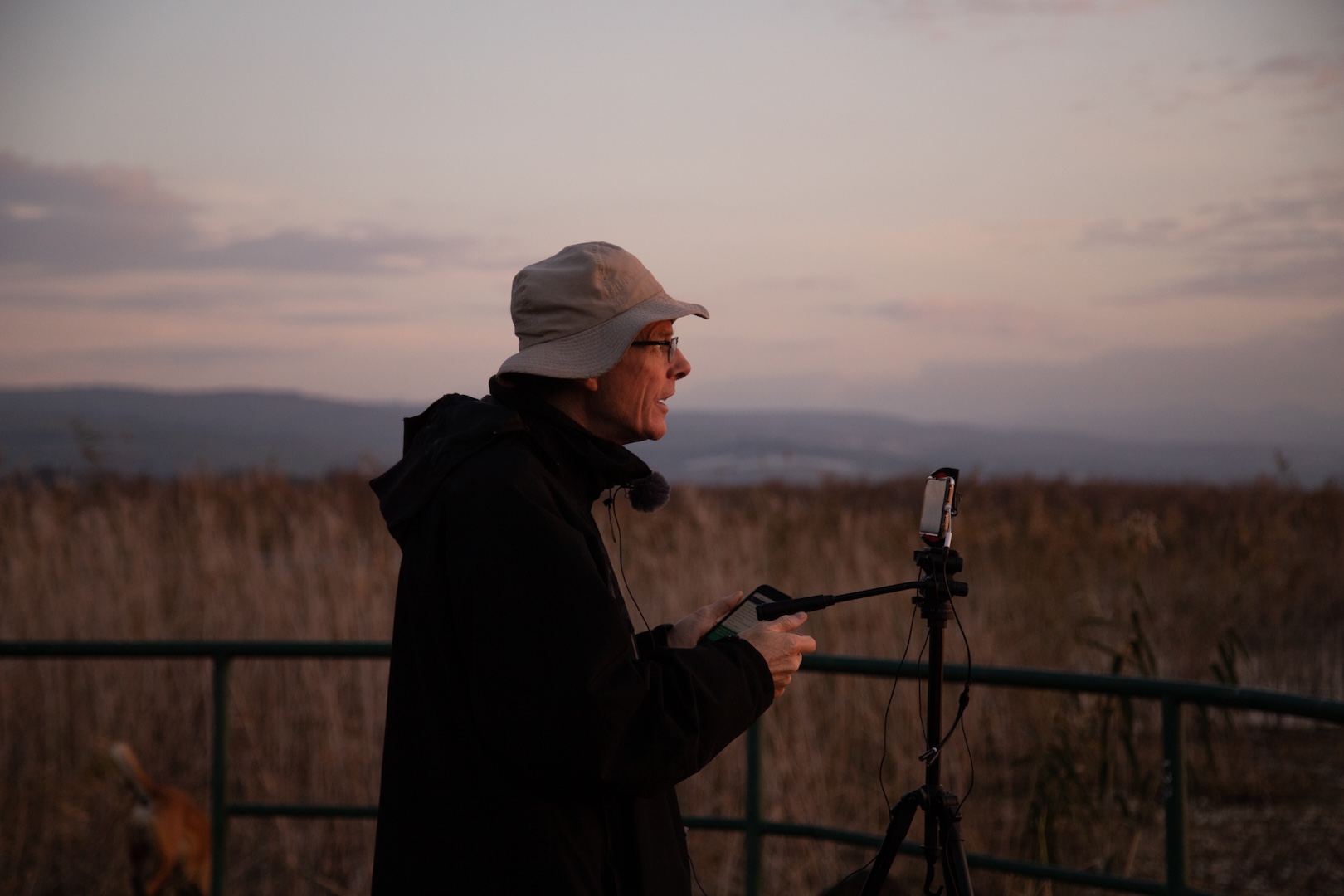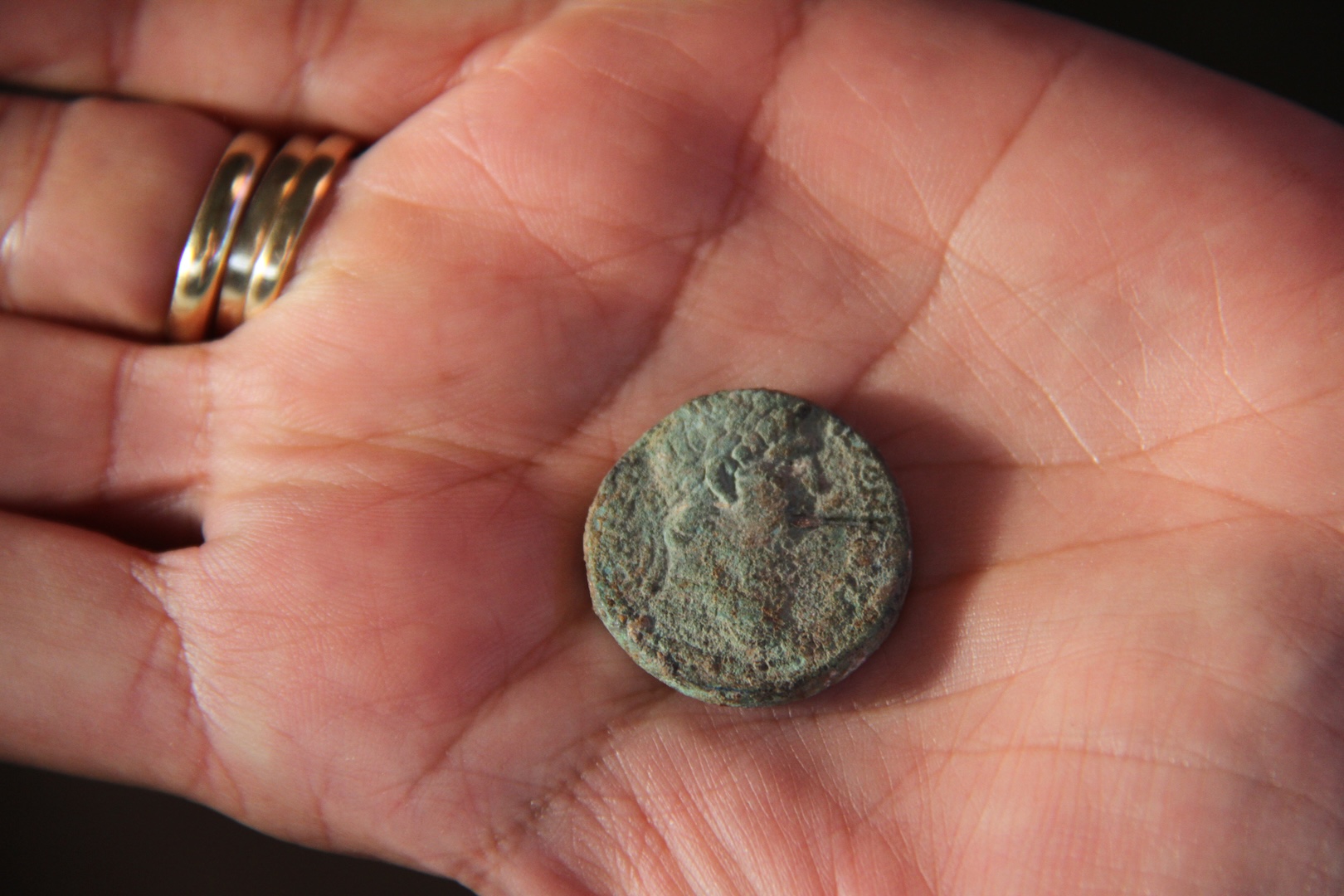The church Duc in Altum (launch into the deep), in Magdala, was initially conceived with a Byzantine style: high walls lined with stone, roofs with tiles formed with straight lines, and tall facades. After reviewing the regulations for construction permits, and given that nothing taller than 7.2 meters could be built, to avoid erecting a building that clashed with the nature of the place, it was decided to modify the design and thus transform it into a church with an attractive contemporary style, while preserving the original design in plan view (seen from above) with the same shape and functionality: two atriums, one exterior and another interior octagonal one called the women's atrium, four chapels on its sides, and a central chapel.
The women's atrium features a baptistery in the center and eight columns surrounding that interior space. The columns are made of stone and are dedicated to women, each bearing the name of a woman from the gospel, except one that carries no name because it represents all women worldwide. They are connected by a mosaic border on the floor that is identical to the one found on the floor of the Magdala synagogue and support a dome painted by the artist María Jesús Ortiz with the praying hands of the Virgin of Guadalupe. It is bordered by a beam with a Latin inscription.
Each of the four chapels has mosaics in its apse depicting events from Jesus's life around the Sea of Galilee: "Jesus casting out the seven demons from Mary Magdalene," "Jesus walking on water—taking Peter by the arm, "Jesus raising Jairus' daughter," and "Jesus calling the first apostles."
The main chapel is located immediately after the women's atrium. At the back is the altar shaped like a boat, with a glass arch behind it, where the view is lost in the Sea of Galilee. Outside, a water mirror that, together with the marble simulating water on which the altar stands, forms a connection with the sea as if the boat had been brought to the church, evoking that of two thousand years ago, which is honored sailing and allowing preaching, as well as integrating the pulpit and the tabernacle in that unity. On the sides of the main chapel are 12 columns, six on each side, each with an apostle as a church pillar.
The Encounter Chapel is on the lower level. It is shaped like a synagogue and is ecumenical and interreligious, as Jews, Christians, Muslims, or anyone who believes in God can come here to pray. The most exciting thing about this chapel is that we found the marketplace square in the ruins of Magdala, just below the Duc in Altum. The stones with which that square from the first century was made were documented and preserved. When the Encounter Chapel was built, we placed them back, keeping their original position as far as possible. This whole area was added to the project because the ruins were found during construction.
If you go to the Holy Land, do not miss visiting the Duc in Altum church in Magdala. No matter how much I tell you, it's not enough; the experience of visiting it firsthand is extraordinary.
Discover more articles from this category







